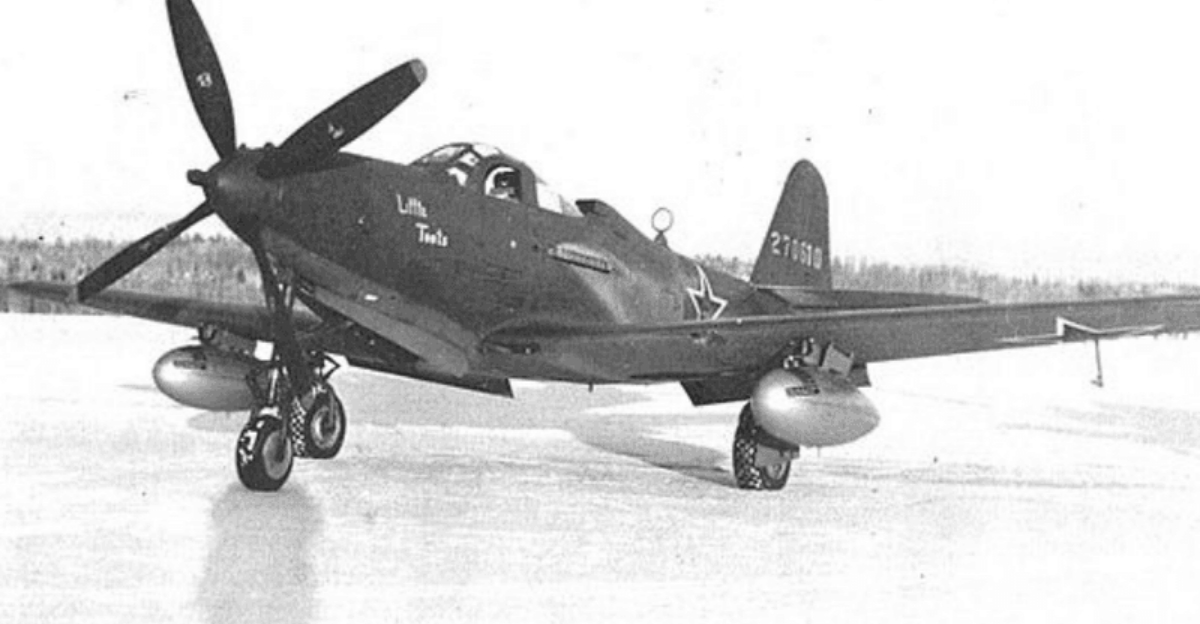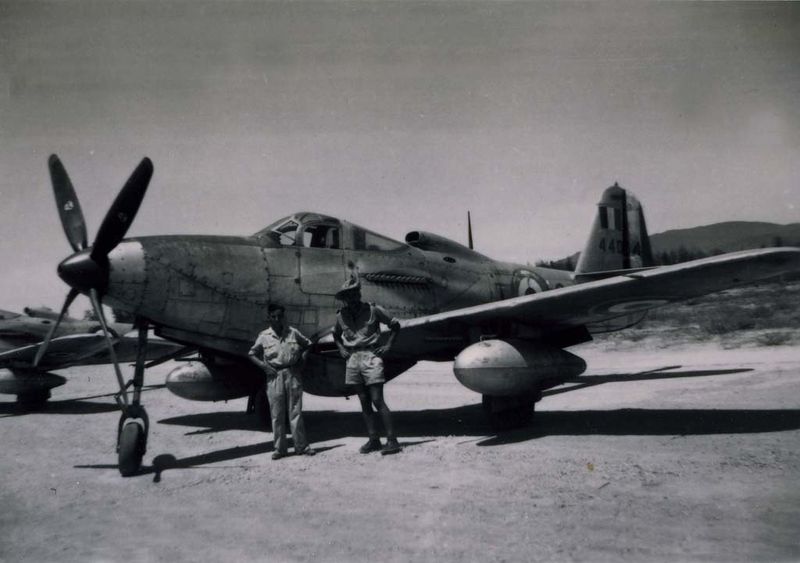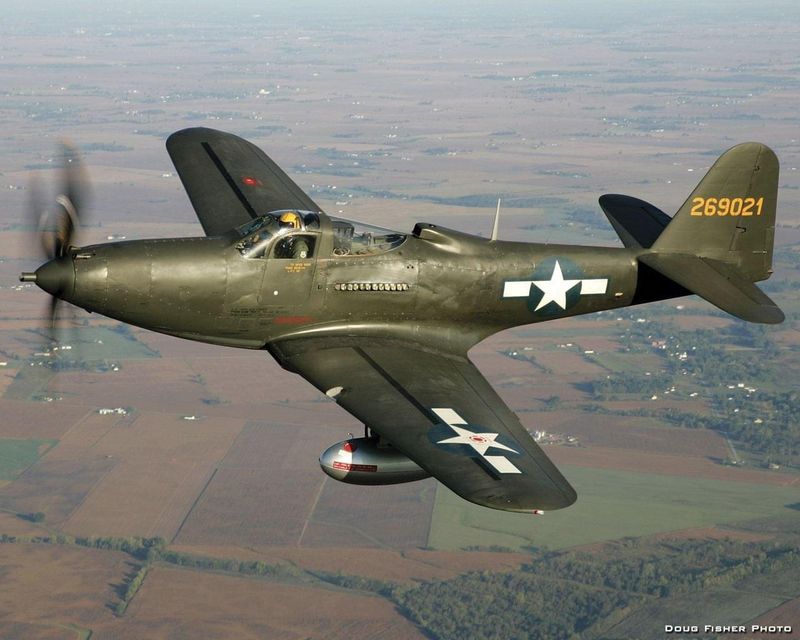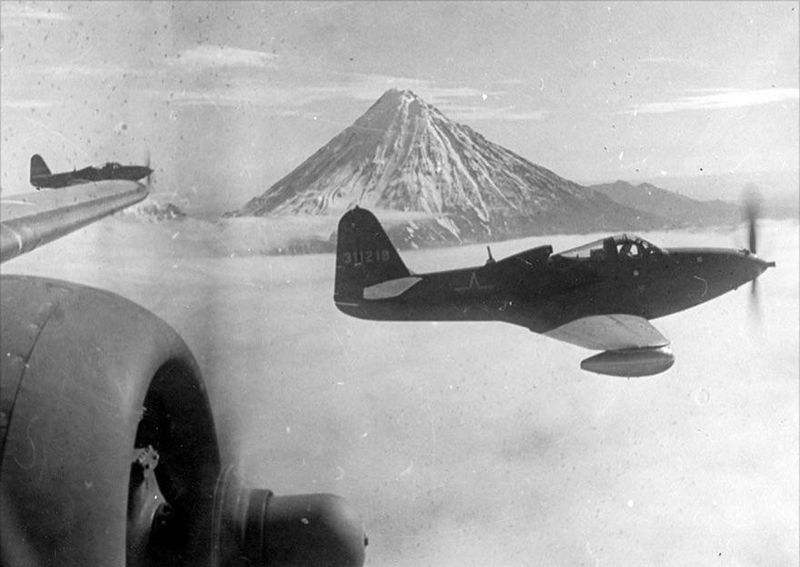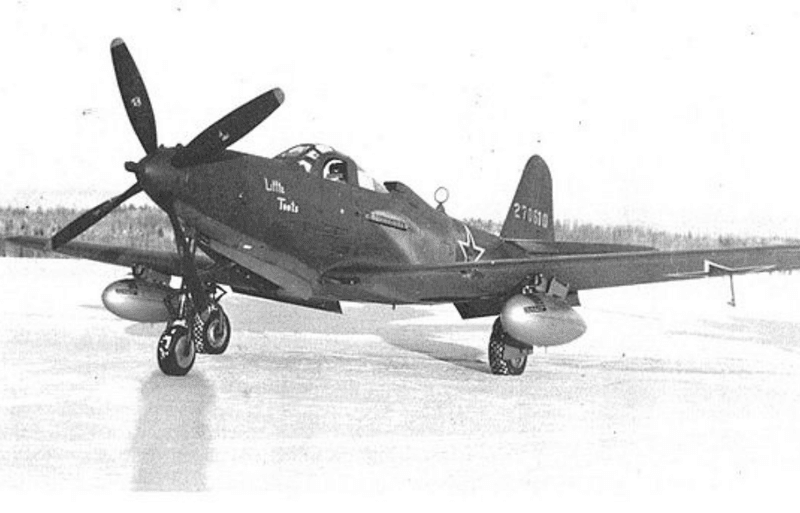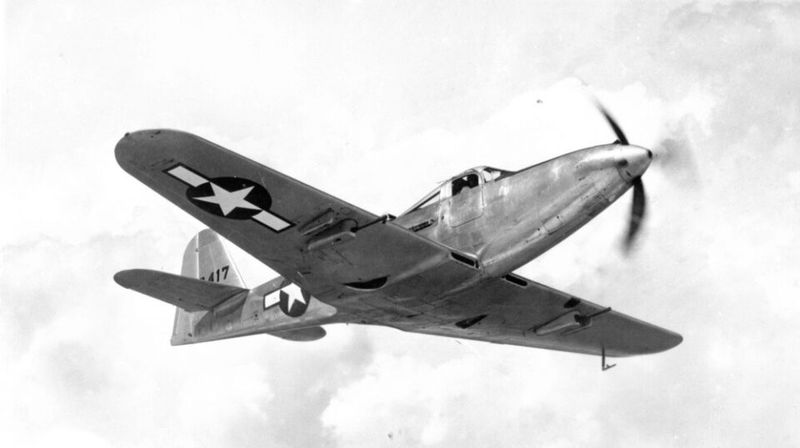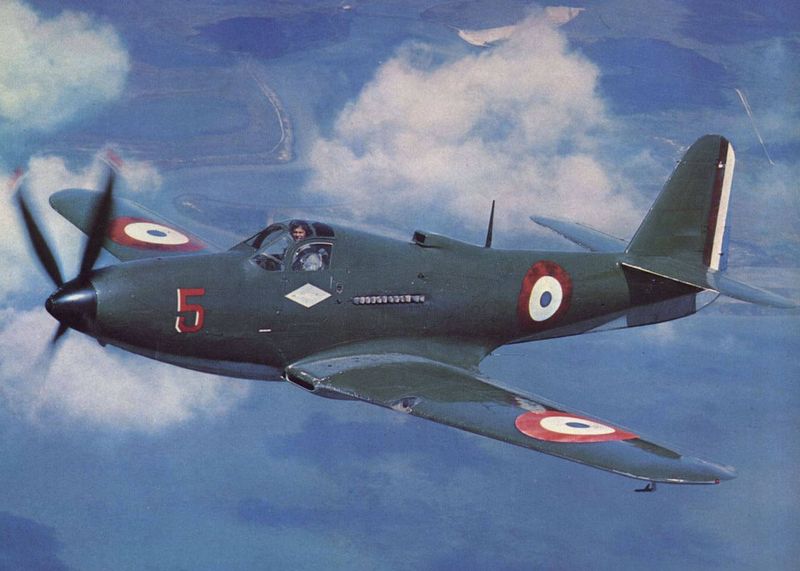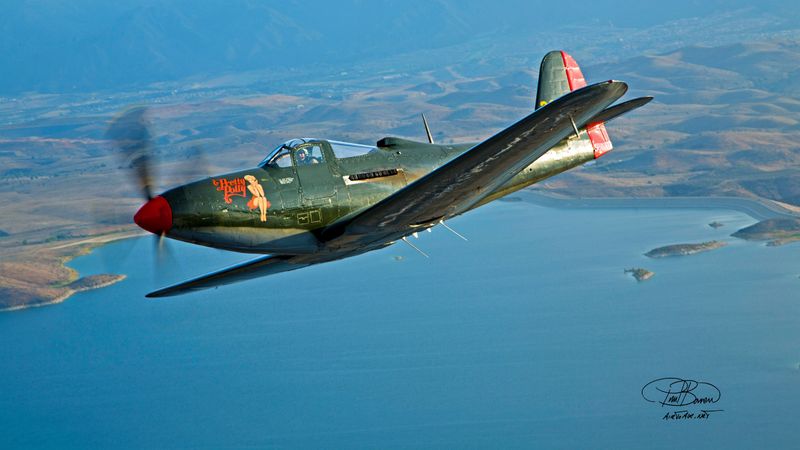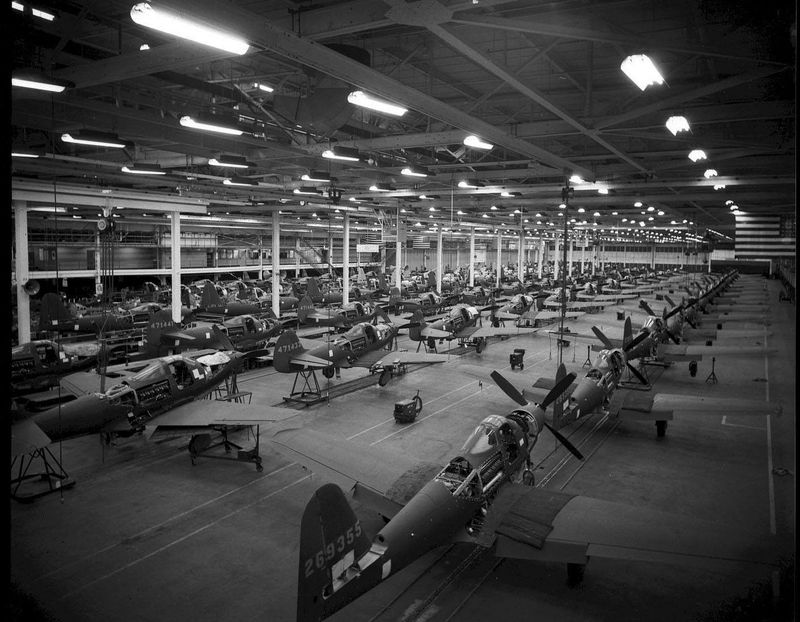While aircraft like the P-51 Mustang and Spitfire dominate the headlines of World War II aviation, the Bell P-63 Kingcobra quietly played a critical role behind the scenes. Though often overshadowed and underappreciated, this high-performance fighter left a lasting legacy—especially in unexpected places. Here’s why the Kingcobra deserves a second look.
1. Designed to Fix Flaws
The Bell P-63 Kingcobra was created as a solution to the shortcomings of its predecessor, the P-39 Airacobra. Pilots often criticized the P-39 for its lack of performance, especially at high altitudes. By incorporating feedback and advancing technology, the P-63 emerged with a refined design. Though visually similar, the changes were significant. Engineers equipped it with a more powerful engine and improved aerodynamics. This transformation allowed the Kingcobra to soar to new heights, both literally and figuratively. Pilots appreciated the enhanced performance, marking a step forward in fighter aircraft development.
2. Nose-Mounted Cannon
Armed with a formidable 37mm cannon in its nose, the Kingcobra packed a punch on the battlefield. This weaponry was capable of delivering devastating blows to enemy bombers and fortifications. The cannon’s precise placement allowed for unparalleled accuracy, making it a feared sight. Pilots took pride in the aircraft’s firepower, often recounting tales of its destructive capability. The combination of speed and armament made the Kingcobra a force to be reckoned with. Its ability to take down targets efficiently was a testament to its well-thought-out design.
3. Soviet Deployment
Though the U.S. didn’t deploy the P-63 in combat, the Soviet Union embraced it under the Lend-Lease program. The Kingcobra’s performance in the harsh Eastern Front conditions won it many fans. Soviet pilots praised its durability and effectiveness against German aircraft. It became a staple in their aerial arsenal, contributing to critical victories. The Kingcobra’s presence in the Soviet Air Force was a unique chapter in its history, illustrating international collaboration during the war. This partnership highlighted the global impact of WWII aviation.
4. Advanced Pilot Training
In America, the P-63 Kingcobra found its niche as an advanced trainer, particularly for gunnery and high-speed maneuvers. Aspiring aviators honed their skills, preparing for the rigors of combat. The aircraft’s handling and performance provided invaluable experience. Training sessions were intense but rewarding, with pilots emerging more confident. The Kingcobra’s role as a training aircraft was crucial in shaping the next generation of fighter pilots. Its impact on pilot education left a lasting legacy, contributing to the success of American air power during and after the war.
5. Surprising Speed
Despite being categorized as a ‘second-tier’ fighter, the P-63 Kingcobra’s speed was nothing short of impressive. With a top speed of 410 mph, it rivaled many leading fighters of the era. Its streamlined design and powerful engine allowed it to perform with agility and grace. Pilots often marveled at its acceleration and responsiveness. The Kingcobra defied expectations, proving that it was a serious contender in aerial combat. Its efficient speed and maneuverability were key assets, elevating its status among pilots and historians alike.
6. Operation Crossroads
The P-63 played an unexpected role in Operation Crossroads, the U.S. nuclear tests at Bikini Atoll. It served as a target aircraft, gathering data on atomic bomb effects. This involvement was pivotal in understanding nuclear impacts on aviation. Pilots flew these dangerous missions with precision, contributing to scientific advancement. The Kingcobra’s participation underscored its versatility and adaptability. Its role in the atomic era marked a significant, albeit lesser-known, chapter in its history. The insights gained from these tests influenced future aviation and military strategies.
7. Unique Engine Configuration
One distinctive feature of the P-63 Kingcobra was its engine placement behind the pilot. This configuration, inherited from the P-39, offered balance and space for heavy nose armament. The design choice was innovative, allowing for a sleeker silhouette. Pilots found the aircraft’s handling unique, with its center of gravity shifted. This layout contributed to both performance and safety, demonstrating creative engineering. The Kingcobra’s unconventional engine placement set it apart, enhancing its capabilities and ensuring a memorable flying experience.
8. Mass Production, Limited Combat
Over 3,300 P-63 Kingcobras were manufactured, showcasing American industrial might. Surprisingly, few saw combat for the U.S., a curious case of production exceeding deployment. The reasons were multifaceted, including strategic decisions and changing war dynamics. The Kingcobra’s mass production remains a point of interest, reflecting wartime priorities. Despite limited combat, its existence underscored the potential of American aviation. The aircraft’s story is a reminder of the complexities of war, where not every resource finds its way to the front lines.
9. Post-War Roles
After WWII, the P-63 Kingcobra found new life beyond military service. Its speed and agility made it a favorite in air racing circuits. These post-war competitions showcased the aircraft’s capabilities to a different audience. Pilots pushed the Kingcobra to its limits, thrilling spectators with daring maneuvers. The aircraft also appeared in Hollywood films, where its sleek design was highlighted. This second act allowed the Kingcobra to gain appreciation, solidifying its place in aviation history. The transition from warplane to racer was both surprising and fitting.
10. Recognized Legacy
In recent years, the legacy of the P-63 Kingcobra has been recognized by historians and enthusiasts. Efforts to restore and preserve these aircraft have highlighted their importance. Museums and collectors showcase the Kingcobra, sharing its story with new generations. Interest in its history has grown, with many appreciating its overlooked contributions. The Kingcobra stands as a testament to innovation and perseverance. Its story inspires those who learn about it, ensuring its place in the annals of aviation history. The renewed interest is both timely and deserved.
